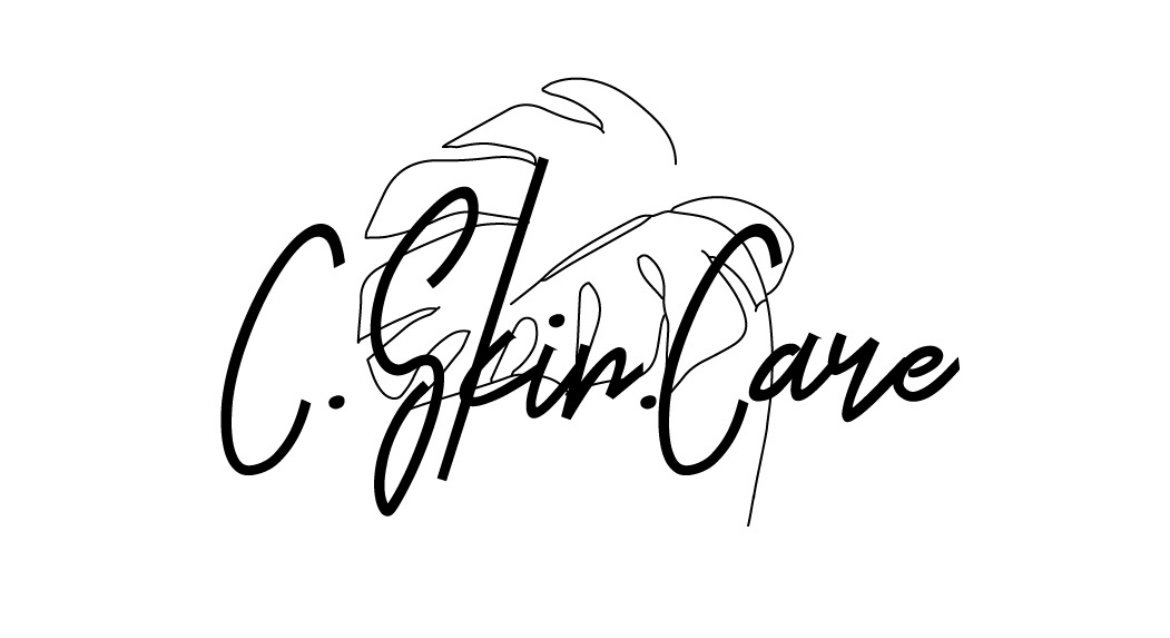Sunscreen: Chemical vs. Mineral
Sun protection is the key to preventing sun damage, which leads to aging skin and even skin cancer. Like many skincare products, sunscreen can be confusing, and there’s a lot of opposing information out there. Which spf value do I need? Spray sunscreen? Wasn’t certain brands banned? Reef safe?
Sunscreen falls into two main categories: mineral and chemical. Understanding key ingredients will help you to decide which is best for you.
Chemical Sunscreen: Chemical sunscreens use active ingredients to absorb the sun rays, turn them into heat, and then release the heat through the skin. The most common ingredients used are one or more of the following: oxybenzone, avobenzone, octisalate, octocrylene, homosalate, or octinoxate. The past few years, the FDA has called for more safety information on these ingredients. Four of these sunscreen chemicals (avobenzone, oxybenzone, octocrylene, and ecamsule) are absorbed into the bloodstream at significantly greater levels than 0.5 nanograms per milliliter (ng/mL). That’s far above the amount at which the FDA requires topical medications to undergo safety studies to determine possible toxic effects. Oxybenzone is the popular ingredient that is being looked into more since it can cause allergic reactions and could be a hormone disruptor. Not to mention, some areas sunscreen with it are being banned since it has been shown to bleach and damage coral reefs. Most people chose chemical sunscreen because it is quick and easier to apply than mineral sunscreen. If you have acne or sensitive skin, chemical may not be the way to go. I learned that with my daughter, she had very sensitive skin. She would break out in a rash or hives right away with chemical sunscreen, especially the spray. That’s another the thing, the spray is super convenient but it doesn’t always reach the skin. Being in south Florida, I see it all the time. People spraying themselves but the sunscreen is blowing away in the wind. Another fun fact is that chemical sunscreens, do not work right away. They typically take 20 to 30 minutes to absorb into the skin before its actually protecting.
Mineral Sunscreen: Mineral sunscreens form a physical barrier that reflects the UV light rays away from the skin. Their active ingredients include zinc oxide and titanium dioxide. They are hypoallergenic and non-comedogenic. Unlike chemical sunscreens which trap UV rays and convert them to heat, zinc oxide keeps the skin cool and allows it to breathe. Mineral sunscreens offer immediate protection as soon as its applied. Mineral sunscreens reflect both UVB and UVA rays from the skin’s surface. The only downfall is that mineral sunscreen is known for being harder to apply and leaving a white film on the skin. This has gotten better over time, some now have nano-zinc or clear zinc which doesn’t leave the white film. Some say that mineral isn’t best for acne since it can clog the pores, but the zinc can help reduce skin inflammation and inhibits the acne-causing bacteria.
So what SPF value do I need?
SPF measures sunscreen protection from UVB rays only. UVB rays cause sunburn and contribute to skin cancer. SPF does not measure sunscreen protection from UVA rays. UVA rays are also damaging and dangerous to your skin.
UVB = burning rays
UVA = aging rays
The higher the SPF in not always the best. SPF 30 is normally what is generally recommended.
Lets break is down. The SPF (Sun Protection Factor) scale is not linear:
• SPF 15 blocks 93% of UVB rays
• SPF 30 blocks 97% of UVB rays
• SPF 50 blocks 98% of UVB rays
So, one way of looking at this is that SPF 30 sunscreen only gives you 4% more protection than SPF 15 sunscreen. Or:
• SPF 15 (93% protection) allows 7 out of 100 photons through
• SPF 30 (97% protection) allows 3 out of 100 photons through.
**source from Badger Balm
https://www.badgerbalm.com/pages/what-is-spf-sunscreen-sun-protection-factor
To maintain maximum effectiveness, sunscreen should be reapplied at least every 2 hours and directly after extended swimming or sweating.
TOP SUNSCREEN RECOMMENATIONS:
Click on image to purchase.
**Not an affiliate with Badger Balm or Elta MD.







